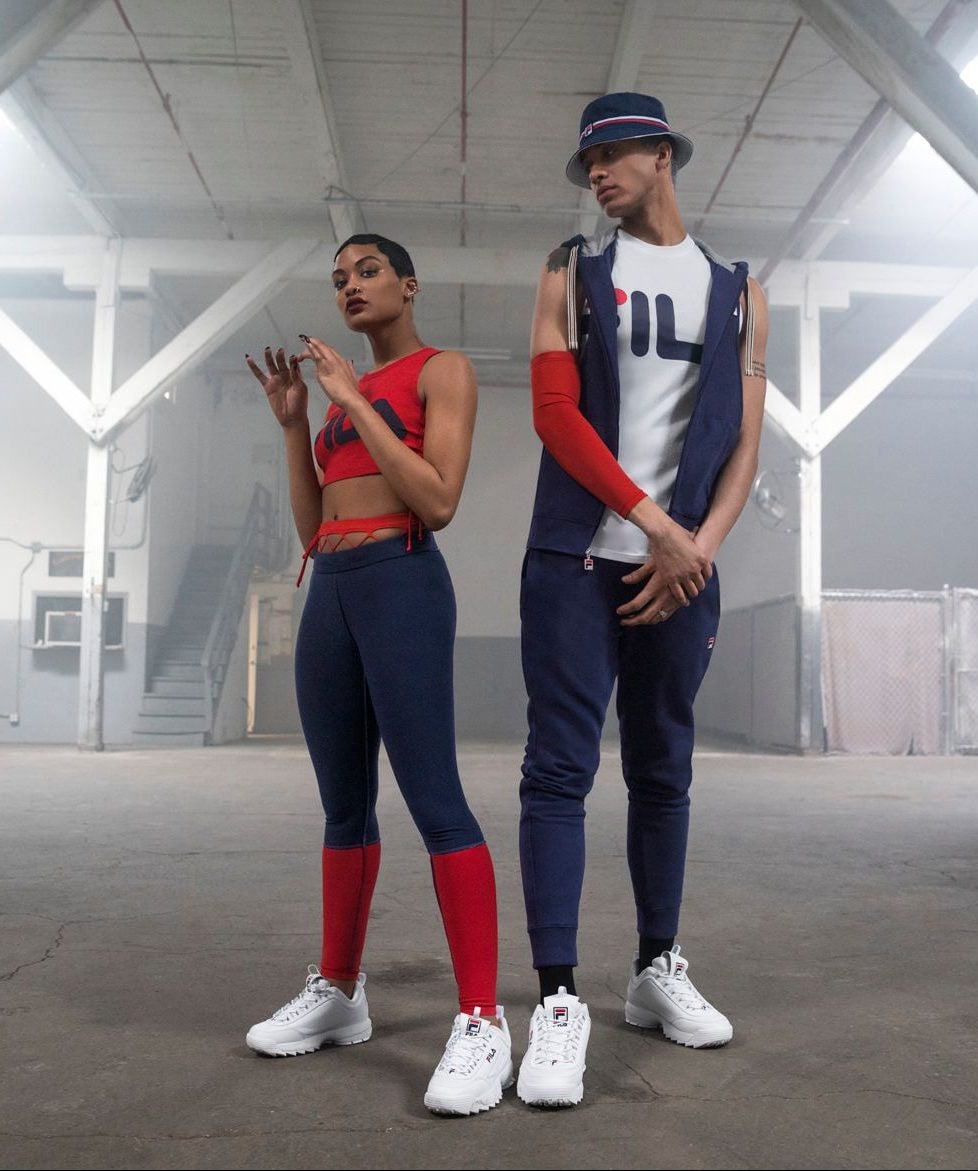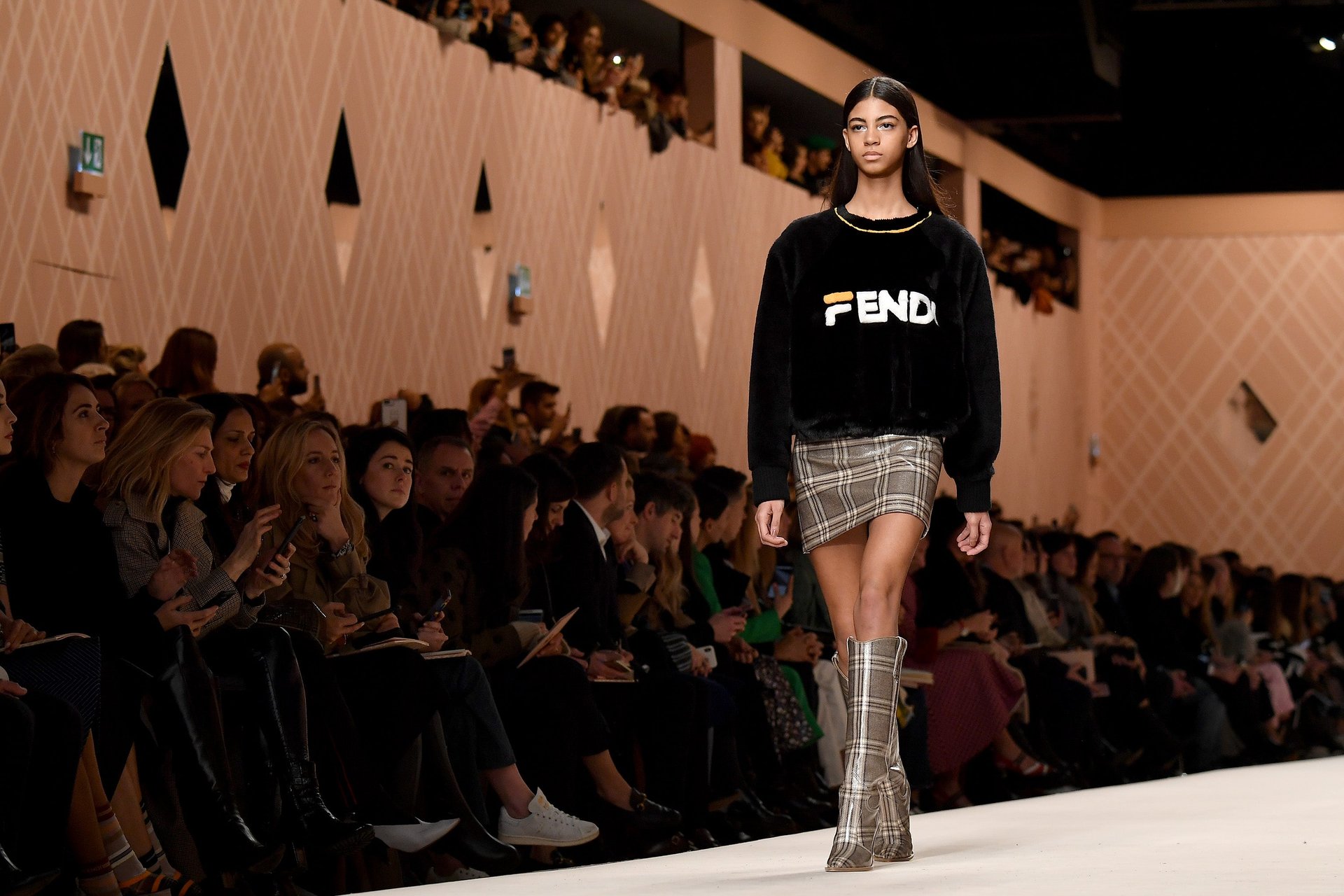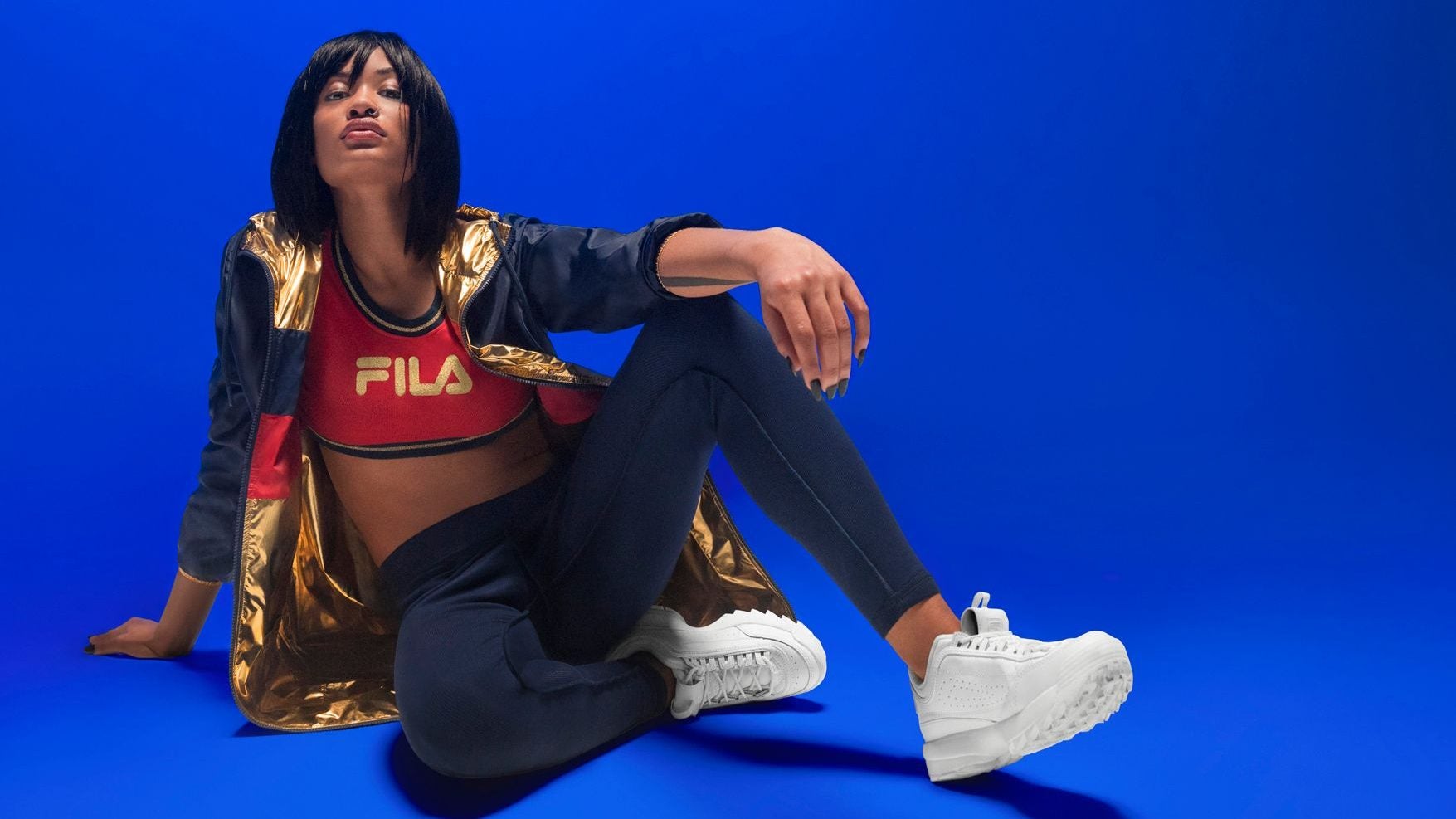Fila’s hit sneaker of the 1990s, the Disruptor, is leading the brand’s revival
You could hardly engineer a better moment for a sneaker like the Fila Disruptor. The sawtooth-soled behemoth—most often seen in stark white—was originally released in 1996, and its newly updated rerelease, the Disruptor II, delivers on multiple fashion trends simultaneously: the 1990s resurgence, the rise of bulked up sneakers like those seen on your stereotypical dad, and even, one could argue, fashion’s current love of the deliberately ugly.


You could hardly engineer a better moment for a sneaker like the Fila Disruptor. The sawtooth-soled behemoth—most often seen in stark white—was originally released in 1996, and its newly updated rerelease, the Disruptor II, delivers on multiple fashion trends simultaneously: the 1990s resurgence, the rise of bulked up sneakers like those seen on your stereotypical dad, and even, one could argue, fashion’s current love of the deliberately ugly.
The shoe has been a hit lately, selling briskly at stores such as Foot Locker, whose CEO Dick Johnson called it out recently as one of the retailer’s hottest styles (along with classic skate shoes from Vans). It’s a major contributor to the brand’s rebounding US sales (paywall), which surged 21% in the recent quarter.
“It’s a pretty significant jump,” says Matt Powell, the sports industry analyst for research firm NPD Group. “It’s all about dad shoes and retro apparel.”
The brand and its throwback logo have been gathering clout in fashion for some time, at least since Russian designer Gosha Rubchinskiy, who routinely plumbs the 1980s and 1990s for inspiration, showed Fila-branded pieces on the runway in late 2016. This February, luxury label Fendi turned up the brand’s heat when it borrowed Fila’s typography for its fall collection.

Demand has been running high since for its logo-centric tops and retro sneakers, like the Mindblower and especially the Disruptor. In July, when the global search platform Lyst released its ranking of the hottest products from the previous quarter—based on factors such as searches, page views, and sales across 6 million items—the Disruptor came in second in the women’s category. It beat out hyped items from Prada, Off-White, and Chanel. Another Lyst ranking of the hottest sneakers (aka trainers) in various UK cities found that in London the Disruptor topped the list.
The shoe has the advantage of being accessible, selling at places like Urban Outfitters and Journeys, and costing $65 to $70, much less than the luxury versions of so-called dad sneakers (like Balenciaga’s $895 Triple S) or a rival like the $100 Nike M2K Tekno. The sneaker is available for both women and men, though Powell notes that the dad sneaker trend has more energy among women.
It’s the most relevant Fila has been in a long while in places like the UK and the US, a market Fila disappeared from after its strong run in the 1990s. According to a 2008 Forbes story, in 1997 Fila’s US sales reached a peak of $687 million. But problems followed, including an unsuccessful attempt to take the brand into luxury retailers. A decade later, the US division “lost $42 million on $61 million in sales,” Forbes reported.
That same year—2007—was when Gene Yoon, who had founded Fila’s Korean division, got the money together to buy up Fila’s trademarks from their owner at the time, Sports Brands International. Yoon oversaw Fila’s gradual revival, which included creating Fila’s “Heritage” category, a key factor in Fila’s current success.

Now Fila clothes and shoes are merging neatly into the broader trends shaping fashion, with the added bonus of genuine heritage. “When you see brands in high, high fashion selling the ugly shoe, the bulky shoe—we have had this in our brand DNA since 1993,” Louis Colon III, Fila North America’s director of heritage, told Benzinga last year.
He added that they don’t just want to be a nostalgia brand. Their goal is to balance past, present, and future. This time, Fila wants to stick around.